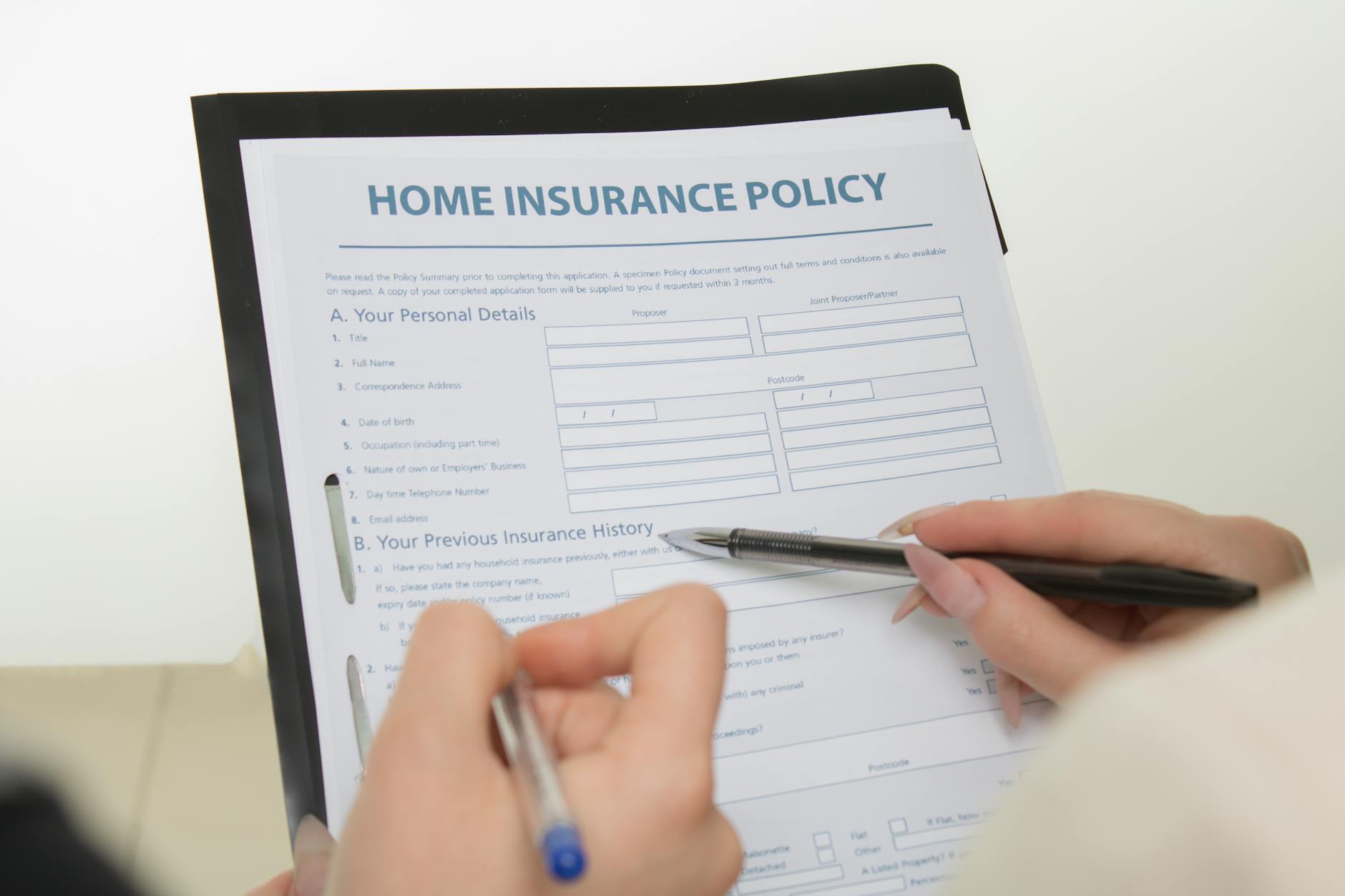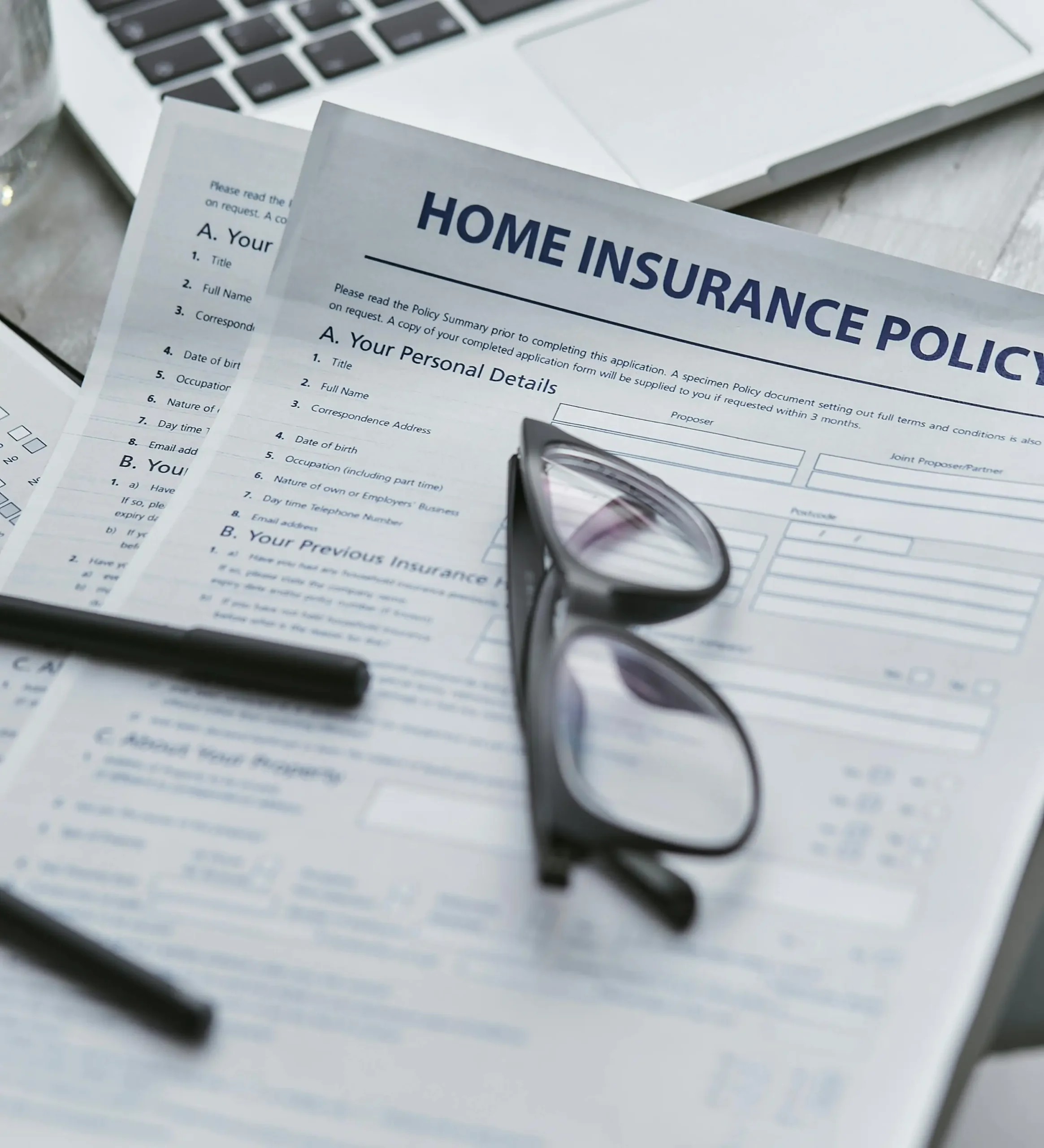How to Get the Best Home Insurance in 2025 (Save More)
Picture your family curled up in a cozy living room, rain tapping the windows, and you feel calm because your home is protected. That peace of mind matters more in 2025, as storms hit harder, fires spread faster, and prices climb. Insurers are pricing in climate risks and inflation, so many homeowners are seeing higher bills and tighter options. The good news, smart choices can still cut costs without cutting safety.
Home insurance covers three core things, your house structure, your belongings, and your liability if someone gets hurt on your property. It can also help pay for a hotel if a covered loss makes your home unlivable. The best policy strikes a balance, strong coverage with a rate you can afford. This guide shows you how to find that balance with clear, best home insurance tips.
Why review now, rates have surged as rebuilding costs, materials, and labor all get pricier. Some insurers have left high risk areas, while others add strict rules. You do not have to accept the first quote or settle for weak coverage. With a plan, you can compare and win.
You will see how to set the right dwelling limit and personal property coverage so you are not underinsured. We will cover named perils versus open perils in plain language, and where endorsements make sense, like water backup or extended replacement cost. We will keep examples simple and real, like protecting that living room sofa, the TV, and the rug your dog loves.
Small moves can save hundreds each year while keeping full protection. Think storm proofing a roof, installing a monitored alarm, bundling auto and home, and raising a deductible just enough to lower premiums, not stress. We will also look at credit, claims history, and how to shop quotes the smart way.
Here is what comes next, coverage basics to get right, smart shopping and discounts, home upgrades that reduce risk, regional risk checks, claim prep and documentation, and timing your renewal for the best deal.
Assess Your Home’s Unique Needs for Solid Coverage
 Photo by Mikhail Nilov
Photo by Mikhail Nilov
A strong policy starts with facts about your house, not guesses. Build your limits from the ground up, what it costs to rebuild, what you own, and the risks in your ZIP code. Aim for dwelling, personal property, and liability that match your life, not a generic template.
Calculate Your Home’s True Replacement Value
Market value is a trap. You need the cost to rebuild your home as it stands today.
- Start simple, square footage times your 2025 local build cost per square foot. Use a range of $150 to $250 based on area and finish level.
- Cross-check with 2025 rebuild cost per square foot estimates from trusted sources like Angi’s guide on rebuild costs.
- Add for inflation in materials and labor, plus code upgrades and debris removal. Prices climbed again in 2025, so pad for that trend.
- Use an online calculator from your insurer, then compare to your manual math. If they differ, review assumptions about finishes and square footage.
- Review each year and after upgrades. New kitchen, solar panels, or a finished basement, bump the limit.
Quick example, a 2,000 sq ft home at $200 per sq ft equals $400,000. Add 10 to 20 percent for code and debris, target $440,000 to $480,000.
Inventory your stuff to size personal property. Walk room by room with your phone and jot rough values. Do not forget tools, bikes, and that home office setup.
Identify Local Risks and Extra Protections Needed
Your address shapes your risks, and your policy should reflect that.
- Check your flood zone using the FEMA Flood Map Service Center. If you are in or near a flood zone, buy separate flood insurance.
- In quake country, add an earthquake policy or endorsement. Standard home insurance excludes it.
- Hail and wind are rising in many states. If you live on the coast or in hurricane corridors, add or confirm windstorm coverage and note any roof deductibles.
- Wildfire areas may need higher dwelling limits, fire-resistant updates, and loss of use coverage that can carry you for months.
Match deductibles to your savings. If hail claims are common, a flat wind/hail deductible is easier to budget than a percent of dwelling.
Pick the Right Policy Type for Your Lifestyle
Choose a form that fits how you live and what you own.
- HO-3, best for most owners, broad dwelling protection with named perils for belongings.
- HO-5, for families with high-value items or new builds, open perils on both the home and contents, higher default limits, fewer gaps.
- HO-2, solid pick for older homes when you want named perils at a lower price.
- HO-8, for very old or unique homes where replacement is tricky.
- HO-4, for renters, covers your stuff and liability, not the building.
Set smart limits:
- Dwelling at true rebuild cost.
- Personal property at 50 to 70 percent of dwelling, or set higher if your inventory calls for it.
- Liability at least $300,000, more if you host often, have a pool, or run a home business.
Home office example, two monitors, a desk, camera gear, and a router can top $5,000 fast. Add a rider for business property if needed so a claim does not stall your work.
Shop Smart to Find Top Home Insurance Quotes
 Photo by Mikhail Nilov
Photo by Mikhail Nilov
Prices keep shifting in 2025, so timing and method matter. Aim to compare home insurance quotes in October 2025, when many carriers reset rates. Get at least three quotes, match coverage terms, and read the fine print. A few focused hours can lower your bill and raise your confidence.
Gather Info and Get Multiple Quotes Fast
Have your basics ready before you start. You will move faster and get cleaner results.
- Address and year built
- Square footage and number of stories
- Roof type, age, and condition
- Major systems, plumbing, electrical, HVAC age
- Recent upgrades or risk reducers, new roof, water shutoff, alarm
- Prior claims and current deductible
Use trusted online tools for quick 2025 rates. Start with NerdWallet’s home insurance quotes page, then grab quotes on insurer sites. Keep coverage levels identical, dwelling, personal property, liability, and the same deductibles. That is how you compare apples to apples.
Pro tip for speed:
- Enter details once in a note.
- Paste into each quote tool.
- Mark discounts, bundle, alarm, claim free, new roof.
Evaluate Insurers on Service and Stability
Price is only part of the choice. Strong service and financial health protect you on your worst day.
- Check J.D. Power scores for claims satisfaction. The 2025 U.S. Home Insurance Study highlights leaders in service.
- Review NAIC complaint indexes to spot red flags.
- Confirm AM Best financial strength, aim for A minus or better.
- Test real support, call an agent and ask about claim timelines, contractors, and total loss handling.
- Prefer companies with solid mobile apps for easy claims, photo uploads, and status updates.
Read exclusions. Water backup, earth movement, and roof cosmetic damage can trip you up if not endorsed.
Bundle Policies to Cut Costs Without Skimping
Combining home and auto often trims 10 to 25 percent, and some households see up to 30 percent. In high risk areas, bundling can offset 2025 rate pressure tied to climate claims.
Smart bundle moves:
- Link auto and home first, then add umbrella for higher liability.
- Consider life or a second property if it nets a bigger multi policy break.
- Ask for one invoice and one renewal date to keep it simple.
Run the math. If a bundle discount disappears after a claim, a stand alone auto policy might win. Compare the package total against single policies each renewal.
Save Money and Boost Protection with Smart Choices
You can trim premiums and strengthen your safety net at the same time. Start with moves that lower risk, then pick pricing tweaks that fit your budget. Small changes add up, and they help on claim day too.
Raise Your Deductible for Lower Monthly Bills
Your deductible is what you pay out of pocket before insurance kicks in. Higher deductible, lower premium. Lower deductible, higher premium.
- For many homes in 2025, $1,000 is a sweet spot. It cuts rates without wrecking your savings if a pipe bursts.
- Moving from $500 to $1,000 or $2,500 can drop premiums 10 to 20 percent in many areas. Recent data shows higher deductibles often shave hundreds per year, state by state, which you can review in this breakdown from Insurance.com.
Quick math example:
- Premium at $500 deductible: $1,800 per year
- Premium at $1,000 deductible: $1,530 per year
- Savings: $270 per year
If the yearly savings cover the extra out-of-pocket within a few years, the higher deductible makes sense. Build a small emergency fund to match your deductible so a claim does not become a cash crunch. Also turn on inflation guard so coverage rises with building costs.
Add Safety Features That Pay Off in Discounts
Risk proofing your home can secure real price breaks and peace of mind.
- Burglar alarms and monitored security can earn about 2 to 5 percent off.
- New roofs often unlock bigger savings, sometimes up to 15 percent, and reduce wind or hail losses.
- Smoke and CO detectors, deadbolts, and water leak sensors are easy wins that insurers reward.
- For 2025 upgrades, ask about incentives for storm resistant windows or smart sprinklers for fire. Many carriers publish discount lists you can compare against this guide to homeowner discounts from Bankrate.
Every device adds a layer. Think of a tight backyard gate and motion lights that make porch pirates skip your block. Lower risk, lower bill.
Hunt for Discounts Tailored to You
Insurers stack deals when you ask.
- Non smoker, senior, or new homeowner discounts
- Good student if your teen on the auto policy pulls high grades
- Claim free histories earn loyalty perks, and paying annually can trim fees
- Bundle home with auto or umbrella for the biggest cuts
Stay strategic with claims. Skip small fixes you can handle yourself to keep your record clean and protect future discounts. Call your agent once a year, confirm every discount, and update them on new safety features so savings show up at renewal.
Conclusion
Getting the best home insurance in 2025 comes down to three moves. First, assess your real needs, rebuild cost, what you own, and local risks. Second, shop matched quotes from solid carriers, compare coverage line by line, and read exclusions. Third, apply savings that do not weaken protection, raise a sensible deductible, bundle smart, add safety upgrades, and claim only when it matters.
Prices shift, weather hits harder, and rules change fast this year. Do a quick policy review now so your limits, deductibles, and endorsements fit your life today. Gather your details, request three home insurance quotes, and see where you can save without gaps. If you are ready, get a free quote and lock in a plan that covers the house, your stuff, and your budget.
Picture that quiet living room again, warm light, dry roof, and zero money stress after a storm. Strong coverage buys that calm. Thanks for reading, and share your wins or questions so others can save too.







